We showed in the previous articles that Yuzo had mastered video game composition from its most elementary level (with bleeps and bloops), to the most refined music ever heard in the electronic medium so far. For this very reason he was the best person to leverage Sega’s new portable video game: the Game Gear. In April 1991, Yuzo released his work in the sequel to The Revenge of Shinobi: Game Gear Shinobi. An spontaneous and vibrant sound, which matches the colorful and unpretentious graphics.
On the same year Sega got a new mascot, Sonic the hedgehog. Masato Nakamura’s soundtrack was phenomenal and became quickly 😉 glued to the head of an entire generation. But for the Master System / Game Gear versions, Yuzo Koshiro was cast. He could have simply adapted the Mega Drive songs to the less capable sound chip, but he makes an entire new score, showing all his intimacy with the PSG sound style. The bonus stage music is the best, with a masterful use of sound channels, to give the impression of having several instruments playing at the same time:
Sonic was the first creation of Ancient, a company founded by Koshiro’s family just for this game. It happens that Sega was busy doing Sonic for Genesis / Mega Drive, and relied on Yuzo to make this port. Koshiro suspects his own strong connection to Sega played a huge part in his being asked to take on the Sonic port project: “Sega as a company couldn’t form contracts with individuals, so I had to set up my own company”. Koshiro’s venture took the form of primarily a family affair: His sister Ayano directed the 8-bit adaptation of Sonic the Hedgehog, while his mother Tomo Koshiro worked more behind the scenes.
But it was in August 1991 that Yuzo did put his name in the game history… literally! On that month, the Streets of Rage game was launched for the Mega Drive, rocking the game music world!
“As a fan of House, Techno, Black etc, I wanted to incorporate these rhythms into video games because they had never been heard in games before”
Yuzo Koshiro
The team that made this game was called AM7, part Sega, part Ancient. Once again, the name of Yuzo Koshiro was at the title screen, only this time it caught the attention of ALL gamers, magazines and even those who don’t usually like video game music. That’s because the opening of Streets of Rage is something unique: melodic, hypnotizing, melancholic, somber and unforgettable…
Thanks to Streets of Rage, Yuzo name is better known outside Japan than inside. He was one of the first Japanese composers to give interviews for the foreign press. In the specialized magazines, more was said about the music of Streets of Rage than the gameplay . On Brazilian TV, a game show kept the whole opening rolling just to show the music.
“To compose the Streets of Rage score, I visited many clubs. At this time I was influenced by the groups Blackbox, Soul2Soul and Maxi Priest”
Yuzo Koshiro
Yuzo had traveled to Los Angeles in 1990 and brought with him several songs that were playing there. In his words: “When we did Streets of Rage, it was around the time the Mega Drive started selling very strongly in North America and Europe. In fact, I learned that it was more popular abroad than in Japan itself. Club music was growing in popularity overseas at the time. It wasn’t really known in Japan then. But especially in North America, where the Mega Drive was selling, club songs were playing constantly on MTV and such. So, I knew they loved club music, so I thought if I could put this into game music, then they’d be really happy. I think that was the first time I composed music with the overseas market in mind above the Japanese market.”
So, with Streets of Rage, the challenge was to bring (for the first time) to the world of games the House music of the time. And he did it stupendously. But it must be said that the influence of Soul2Soul was so strong that the beat of the song “Keep on movin“, by Soul, which has the beat almost identical to the opening of the game, and one of the songs of the game is called “Keep the groovin” (could it be a nod to the group?).
Check now why Streets of Rage has become so iconic to Game music:
In 2004, Yuzo was invited to DJ at the Japanese Club called “Legend”, and for that event he made a 42-minute medley with remixed Streets of Rage songs. In 2018, he scored a more complete version, alongside Motohiro Kawashima, for the “Red Bull Music Festival”.
Also in 2018, he gave two extensive video interviews about Streets of Rage. The first one, for Sega Forever (there is no way to embed it here). The other was to the Red Bull Music Academy, where he talked about his career, but specifically about Streets of Rage:
Reference:
Interviews with Yuzo and Kawashima, translated from Japanese magazines, about Streets of Rage 1, 2 and 3;
Yuzo Koshiro talks about the beginning of Streets of Rage and the continuation SOR4
Articles:
Part 5: Streets of Rage 2 (soon)
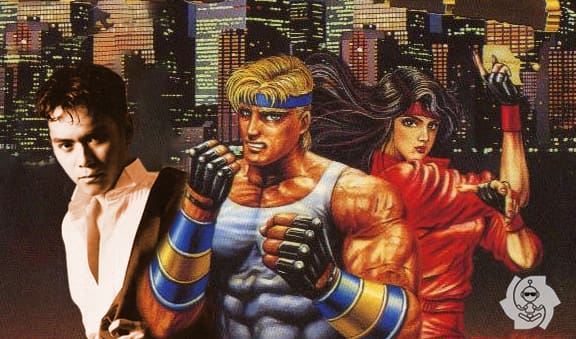
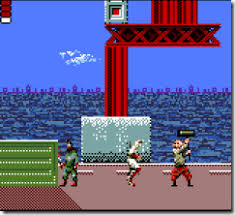

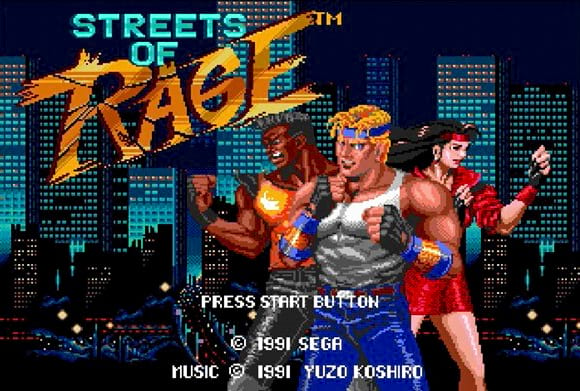
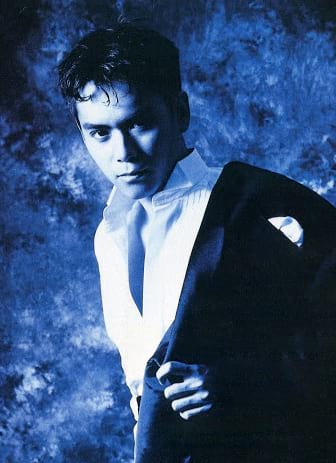

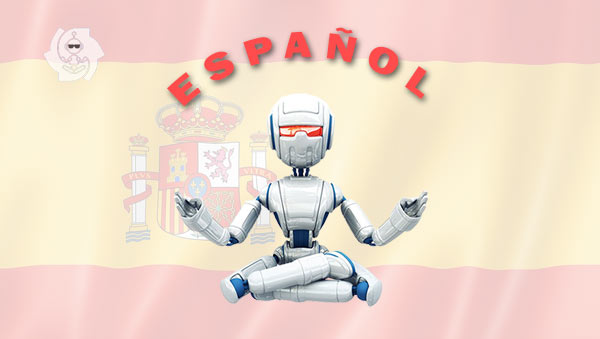
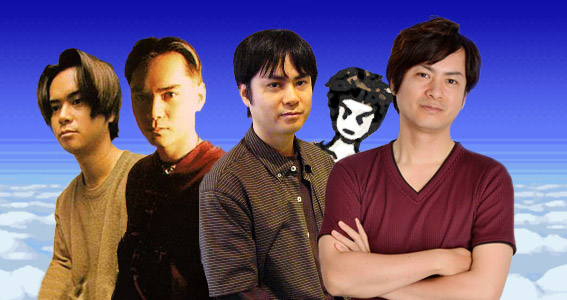
https://www.washingtonpost.com/video-games/2020/05/12/streets-rage-4-soundtrack/